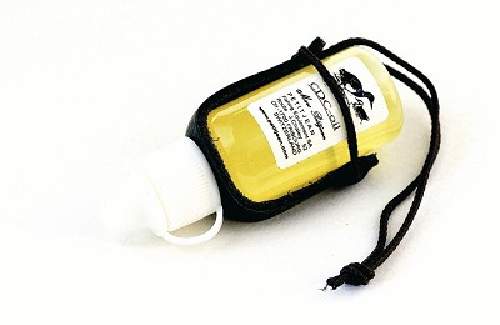Water quality in fly fishing
 Another factor that will determine the success of a fly fishing trip is the quality of the water.
Another factor that will determine the success of a fly fishing trip is the quality of the water.
A water’s lime content, for example, will dictate the quality of feeding. Soft (acid) waters may contain five parts per million of bound carbon dioxide. (5ppm CO2). Between 10 to 20 ppm in a water is described as neutral. The latter grows four times the poundage of fish and food an acre than the five parts per million waters. Harder waters, for example with 20 to 30 ppms of lime will be abundant. They will hold all kinds of food, including mayflies and crayfish. Trout can live in of these waters, though other factors play a part also: water temperature, spawning redds and predation.
The shape of the lake also affects its potential as an angling area. An ideal scenario is a range of shallow areas around the shore, in addition to, or instead, a convoluted shore. Combine this with deep regions of 25 feet or more and you have a great situation in which to fish. In technical terms, we refer to the shore area as the littoral zone, though anglers call it the food shelf.
You can judge a water can be judged by the nature of the plants you observe in it. And if you are fly fishing on large or windswept lake we advise you to access it in the bay areas.



















